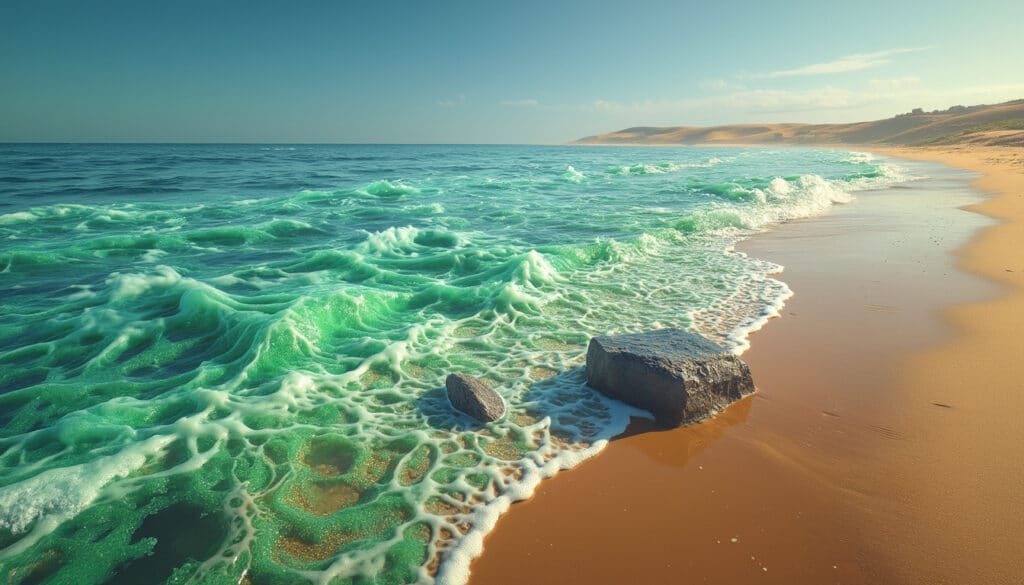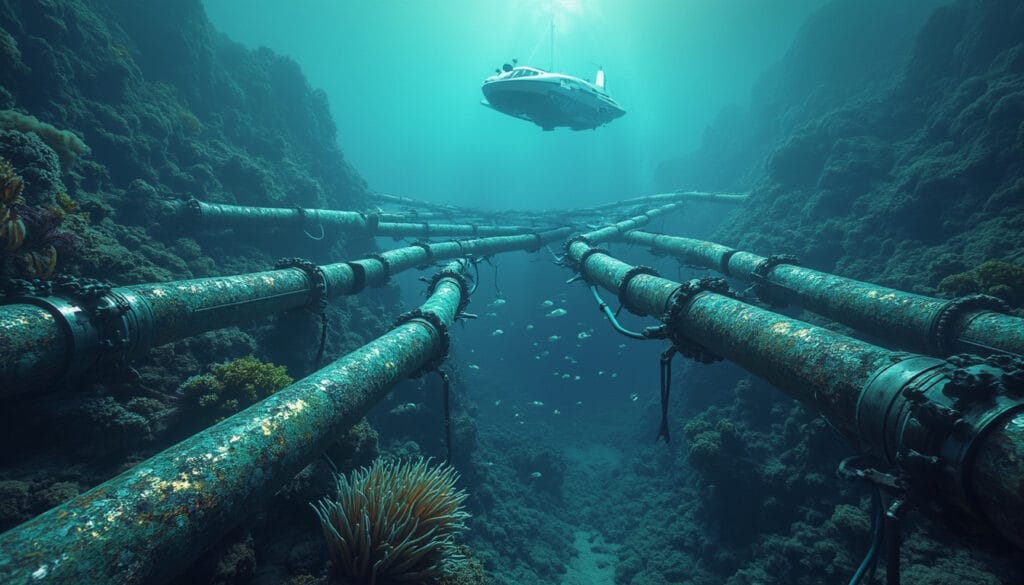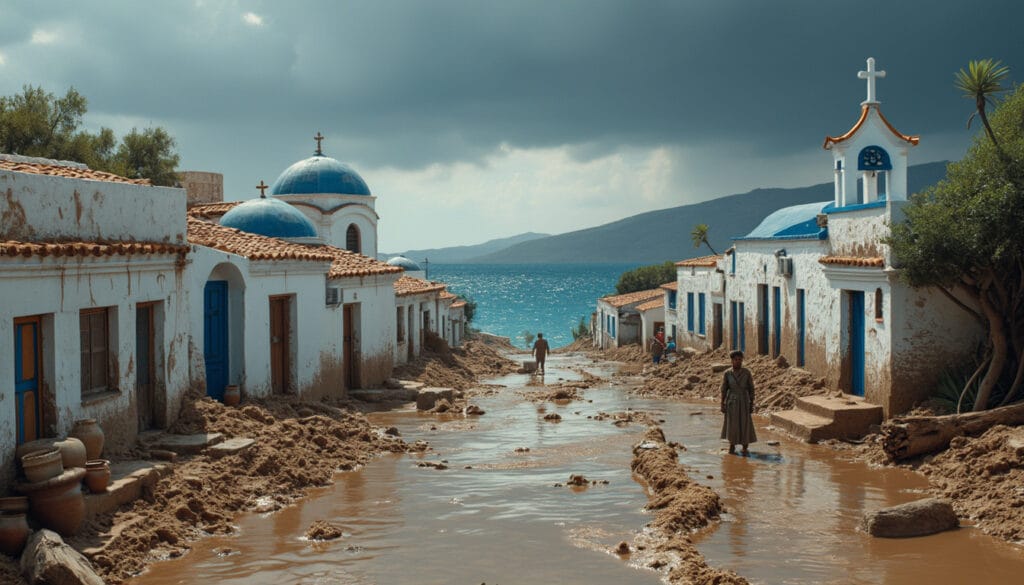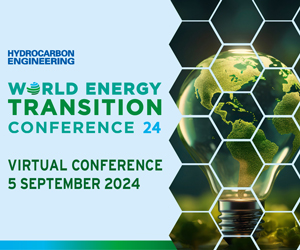A mystery hangs over the Australian coasts. Once peaceful beaches are now the site of strange phenomena. Black balls and a viscous foam raise numerous questions.
Authorities have had to close several popular beaches following the discovery of these anomalies. A toxic foam has caused the death of many fish and has made surfers sick. Tourists, especially backpackers, are facing unforeseen conditions during their stays. Scientists are busy identifying the source of these alarming substances and finding solutions to protect the marine environment.
What is this mysterious foam on the beaches of South Australia?
Recently, the beaches of South Australia have been the scene of a worrying phenomenon: the appearance of a mysterious foam covering several kilometers of shoreline. This substance, viscous and dense, has surprised both tourists and local residents. Environmental authorities have mobilized to identify the source of this foam, which has quickly raised major concerns regarding the health of marine ecosystems and beach users.
What is causing the proliferation of these toxic algae?
The proliferation of tiny toxic algae is often the cause of the appearance of abnormal foams on beaches. In the case of the beaches of South Australia, scientists have identified an excessive growth of microalgae, triggered by favorable environmental conditions such as high temperatures and an increase in nutrients in the water. These algae, often referred to as cyanobacteria, produce toxins that can have devastating effects on marine wildlife and human health.
What are the impacts of this foam on the marine environment?
The presence of this toxic foam on the beaches has led to the death of numerous fish and marine invertebrates. The toxins produced by the algae disrupt the respiratory systems of fish, leading to suffocation and their rapid death. Moreover, the decomposition of the foam depletes the water of oxygen, worsening the situation for already vulnerable marine species. This ecological crisis highlights the fragility of marine ecosystems in the face of climate change and pollution.
How does this affect the health of swimmers and surfers?
Surfers and swimmers are increasingly exposed to health risks due to the presence of the foam. The toxins released by the algae can cause skin irritations, respiratory problems, and, in some cases, more severe poisoning. Health authorities have advised limiting water activities and monitoring for any unusual symptoms after exposure to contaminated water. This situation emphasizes the need to maintain clean and safe beaches for the well-being of users.
What measures are being taken to manage this ecological crisis?
In response to this toxic foam, Australian authorities have implemented several emergency measures. The temporary closure of affected beaches has been decided to protect the public and avoid any contact with the hazardous substance. Teams of environmental specialists have been mobilized to identify the source of the algae proliferation and implement control strategies. Among the proposed solutions are reducing nutrient inputs into coastal waters and restoring natural marine habitats to promote ecological balance.
What are the economic consequences for local tourism?
Tourism is an important economic pillar for the coastal regions of South Australia. The closure of beaches and the negative media image related to the foam have a direct impact on revenue generated by tourism. Local businesses, such as hotels, restaurants, and beach shops, are experiencing a significant drop in their attendance. To mitigate these losses, local authorities must not only solve the environmental problem but also restore visitor confidence by ensuring the safety and cleanliness of the beaches.
How are scientists studying this phenomenon?
Researchers deployed on the affected beaches are using various methods to analyze the composition and dynamics of the foam. Water samples and foam samples are taken to identify the species of algae present and the toxins produced. Chemical and biological analyses help to understand the favorable conditions for the proliferation of these microalgae. These studies are essential for developing effective prevention and control strategies, as well as for anticipating future proliferations in other regions.
What role do renewable energies play in protecting marine ecosystems?
Renewable energies, particularly wind energy, play a crucial role in reducing the environmental impacts associated with human activities. By decreasing dependence on fossil fuels, they contribute to mitigating climate change and reducing the influx of pollutants into marine ecosystems. As an expert in renewable energy, I strive to develop innovative solutions to promote a more sustainable future and protect our beaches from devastating ecological phenomena.
What lessons can be learned from this ecological crisis for the future?
This ecological emergency situation underscores the importance of prevention and proactive management of natural resources. It is essential to continuously monitor the quality of coastal waters and implement robust environmental policies to limit nutrient inputs and other pollutants. Furthermore, public awareness of environmental issues and the involvement of local communities in beach preservation are key elements to ensure the resilience of marine ecosystems in the face of future challenges.
What are the impacts on local biodiversity?
The toxic foam has serious repercussions on local biodiversity. Marine species, ranging from small invertebrates to large fish, are directly affected by the proliferation of algae. The reduction of marine biodiversity weakens ecosystems, making habitats more vulnerable to invasions of exotic species and further disturbances. Preserving biodiversity is essential not only for ecological balance but also for the overall health of oceans and beaches.
What parallels exist with other global environmental phenomena?
The phenomenon observed in South Australia is not isolated and has similarities in other regions of the world. The proliferation of toxic algae, known as red tides, regularly affects the coasts of various countries, impacting wildlife, tourism, and public health. These events are often exacerbated by climate change, pollution, and overconsumption of natural resources. They highlight the need for international cooperation to effectively combat global ecological threats.
How can innovative technologies help solve this problem?
Technological advancements offer new opportunities to monitor and control the proliferation of toxic algae. Advanced sensors and geographic information systems (GIS) allow real-time monitoring of water quality and the health of marine ecosystems. Additionally, biological solutions, such as introducing natural algae predators or using bioplastics to reduce pollution, are being explored. Understanding biodegradability is essential for developing environmentally friendly materials that can help prevent such ecological crises.
What role do local communities play in managing this crisis?
Local communities are key players in managing the toxic foam crisis. Their active participation in environmental monitoring, data collection, and implementing cleanup solutions is essential for recovering affected beaches. Furthermore, educating and raising awareness among residents and tourists about good environmental practices helps prevent the recurrence of such phenomena. Community engagement enhances the resilience of ecosystems and promotes sustainable management of local natural resources.
How to raise public awareness about biodegradability and marine pollution issues?
Raising public awareness is crucial to combat marine pollution and promote biodegradability. Awareness campaigns, educational workshops, and community initiatives can help disseminate knowledge about the importance of reducing plastic waste and adopting biodegradable materials. By encouraging responsible behaviors and highlighting the benefits of green solutions, it is possible to mobilize broad support for the protection of beaches and oceans. To learn more, see What is bioplastic?.
What are the benefits of invertebrates in marine ecosystems?
Invertebrates play a vital role in marine ecosystems by contributing to the decomposition of organic matter, recycling nutrients, and serving as food for many marine species. They are also indicators of the health of aquatic ecosystems, as their presence or absence can reveal significant environmental changes. Preserving the diversity of invertebrates is essential for maintaining ecological balance and ensuring the resilience of oceans against disturbances.
How can investors support marine protection initiatives?
Investors have an important role to play in supporting initiatives that protect marine ecosystems. By funding research projects, innovative technologies, and ecological restoration programs, they contribute to the preservation of beaches and oceans. Investing in companies that specialize in renewable energies and sustainable solutions also strengthens global efforts to reduce environmental impact and promote a greener future. To learn more about sustainable initiatives, visit Invertebrates: these fascinating creatures that captivate all enthusiasts.
? "Les algues sont la plus grande ressource inexplorée au monde aujourd’hui". Ces végétaux offrent un champ d’innovation insoupçonné. Reportage sur une société de l'Île de Ré qui les collecte à la main et sans tracteur.
— France Culture (@franceculture) June 3, 2023
➡️ https://t.co/LR0wYk3aQi pic.twitter.com/KxEU3YRhK4
Articles similaires
Thank you!
We will contact you soon.














